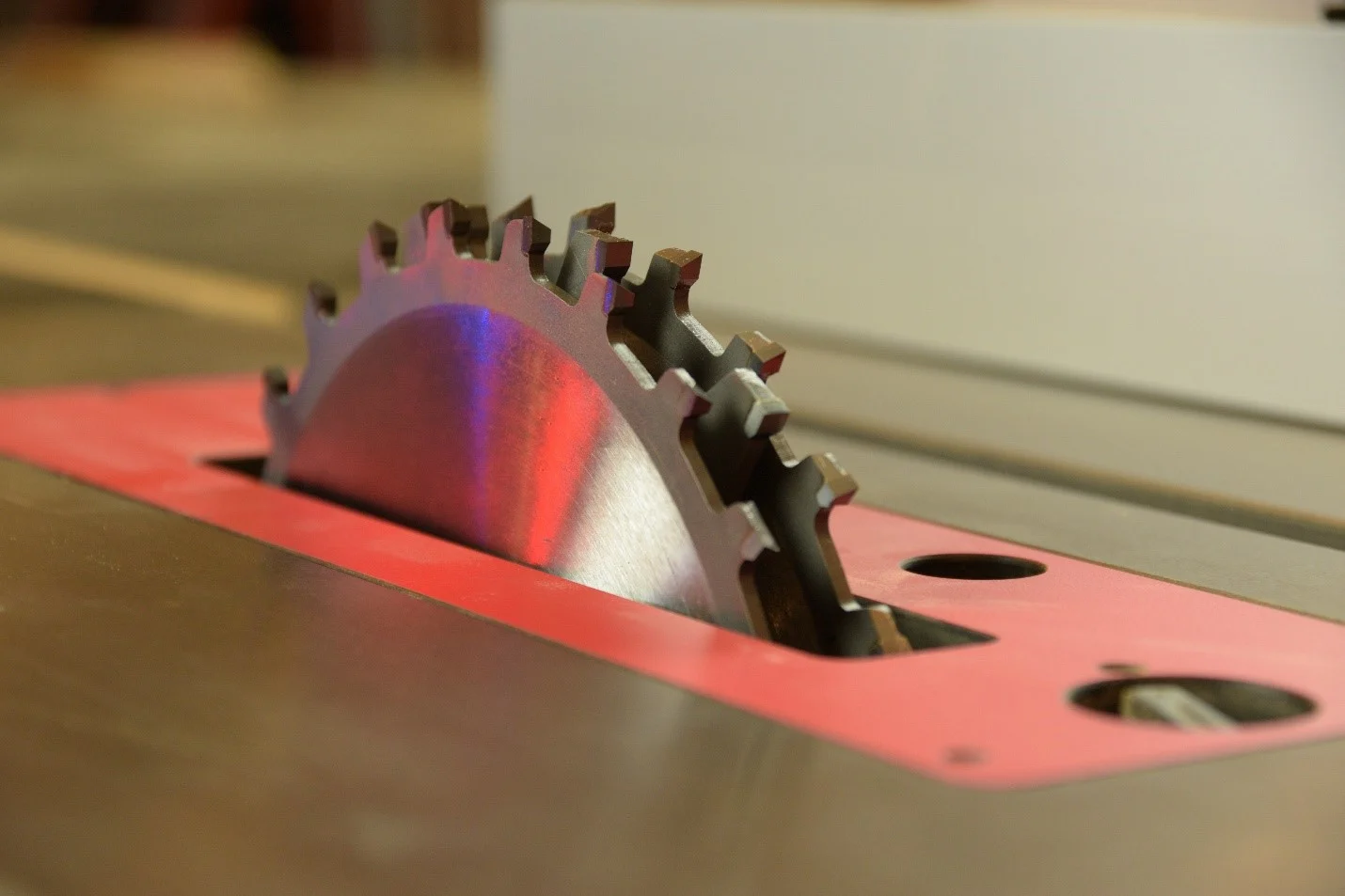In the world of woodworking, the table saw is often regarded as the heart of the workshop. Highly versatile, it can rip boards, cross-cut lumber, make bevels, dadoes, and more — but it also demands respect and skill. Whether you’re a DIY home enthusiast or a seasoned woodworker, understanding how to use a table saw safely and accurately is crucial. This guide will walk you through key components, proper setup, common hazards, and best practices.
Understanding Your Table Saw Basics
At its core, a table saw consists of a flat surface (the table) with a circular blade protruding through the top, driven by a motor. https://www.rockler.com/+2Pro Tool Reviews+2 Additional essential components include:
- The rip fence, which runs parallel to the blade and guides long cuts.
- The miter gauge or miter slot, used for cross-cuts and angled cuts.
- Blade height and tilt controls, which allow you to set depth of cut and angle. Pro Tool Reviews+1
- Safety devices such as a blade guard, riving knife (or splitter), and anti-kickback pawls. LSU+1
Understanding these parts is the first step toward safe operation.
Setup and Pre-Cut Checks
Before any cut, make sure your work environment and the saw itself are ready. Key steps include:
- Ensure the blade is sharp, appropriate for the material and cut (ripping vs cross-cutting). Using the wrong blade can cause burning, tear-out, or kick-back. KM Tools+1
- Check that the rip fence is parallel to the blade, and the miter gauge (and sled, if you use one) is square. Accurate alignment leads to better cuts and safer operation. Ask Jon Eakes+1
- Ensure the workpiece is free of nails, screws, or embedded metal that could catch the blade. Pro Tool Reviews
- Clear the table, ensure dust collection is functioning, and no loose clothing or jewelry can catch. Alce+1
Basic Cutting Techniques
Rip cuts (cutting along the grain, long dimension) and cross-cuts (cutting across the grain or width) are the bread and butter of the table saw. Pro Tool Reviews+1
- For rip cuts: Use the rip fence, keep the board flat on the table and firmly against the fence, feed steadily.
- For cross-cuts: Use the miter gauge or sled (not the rip fence alone), and keep your hands clear of the blade path. Many woodworkers prefer a crosscut sled for accuracy and safety. Pro Tool Reviews+1
- Never free-hand a cut without guidance (fence or sled), as it invites kick-back or inaccurate results. Popular Woodworking+1
Safety First: Preventing Kick-Back & Injuries
Kick-back is one of the most dangerous hazards when using a table saw. It occurs when the workpiece is caught or pinched by the blade and violently thrown back toward the operator. Pro Tool Reviews+1
Key prevention strategies:
- Always use the blade guard and riving knife (or splitter) unless you have a special reason to remove them (e.g., using a dado stack). Pro Tool Reviews
- Never combine the rip fence and miter gauge simultaneously; this setup can allow a piece to shift and cause backlash. Pro Tool Reviews
- Stand to the left side of the blade (for most setups) rather than directly in line with a potential kick-back zone; maintain a firm stance. Popular Woodworking
- Use push-sticks or push-blocks when cutting narrow pieces; keep your hands away from the blade zone. Gosforth Handyman+1
- Keep the blade height only slightly above the workpiece — the less exposed blade, the less risk of contact. Gosforth Handyman
Advanced Tips & Shop Setup
- If your shop allows, build or attach an out-feed table behind the saw to support long boards or sheet goods. This avoids sagging, dragging, or loss of control. Pro Tool Reviews
- For repeated accuracy (especially for cross-cuts or joinery), consider making or buying a crosscut sled with stop blocks and secure hold-downs. Pro Tool Reviews+1
- Ensure dust collection; a cabinet table saw encloses the motor and reduces dust better than open-base models. Dust is a safety and health hazard. https://www.rockler.com/+1
- Regular maintenance is essential — clean and wax the table, check alignment periodically, replace dull or chipped blades, and ensure the fence and miter gauge are accurate. Ask Jon Eakes
Conclusion
The table saw remains a cornerstone tool for anyone serious about woodworking. With powerful capability comes significant responsibility. By understanding the anatomy of your saw, performing proper setup and checks, using correct cutting techniques, and stressing safety, you can use your table saw not only with confidence—but with precision and peace of mind. Treat every cut as if it’s your most important, and you’ll build better projects and maintain a safer shop.



